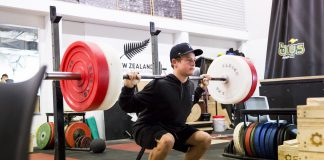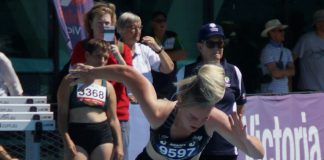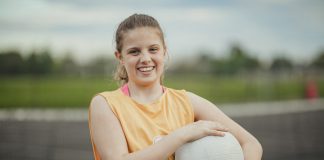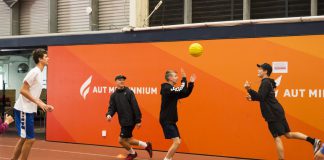Wherever you look, the world is becoming more specialised.
Education. Business. And sport… where specific environments are being prioritised at younger and younger ages to develop skilled performers.
But here’s the thing.
True skill is not about being able to perform a small number of specific skills precisely. Instead, it’s the ability to satisfy a wide range of demands imposed by a rapidly changing sporting context.
Take, for example, the way a basketballer must evade her opponent and make a shot. It changes each and every time she receives the ball.
To train for such demands (and avoid getting hurt in the process), athletes need range.
Range in their movement experiences that they can draw on to quickly and effectively solve the unique problem in front of them.
Kids used to get range growing up in the backyard. Climbing trees, jumping fences, swinging from a jungle gym.
They also got it from playing a lot of informal games and sport.
But times have changed.
For many, the backyard is gone. And specific, structured environments are becoming the norm.
Where do we find range, then?
Instead of leaving it to chance, we need to create opportunities for kids to accumulate it.
We need to design the training environment purposefully using key movement principles, then step back and watch it happen.
At AD, we call it formalising informality.
You can join the journey here:
https://www.autmillennium.org.nz/athlete-development/academy/





































